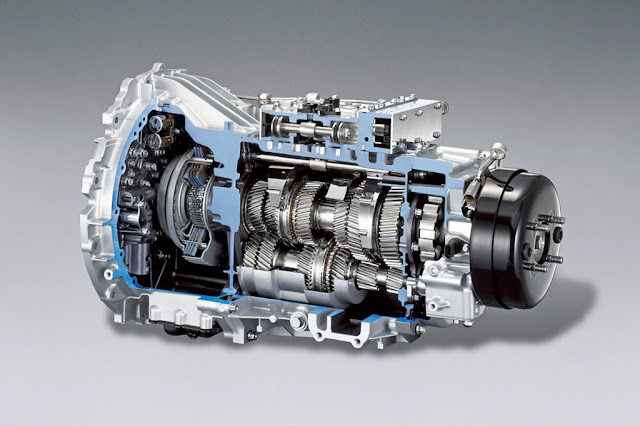Electric Vehicles as Mobile Energy Storage: Unleashing the Potential of Vehicle-to-Grid Technology
Electric vehicles (EVs) have the potential to serve not only as modes of transportation but also as mobile energy storage devices, unlocking the full potential of Vehicle-to-Grid (V2G) technology. By leveraging the large battery capacities of EVs, V2G technology enables bidirectional energy flow, allowing EVs to store excess electricity and feed it back into the grid when needed. This innovative approach has the power to revolutionize energy management, enhance grid stability, and accelerate the integration of renewable energy sources.
One of the key advantages of
using EVs as mobile energy storage is the ability to address fluctuations in
electricity supply and demand. EVs can store excess energy during periods of
low demand or high renewable energy generation and release it back into the
grid during peak demand periods. This not only helps balance the grid but also
reduces the need for additional power generation or costly infrastructure
upgrades. By utilizing the existing battery capacities of EVs, the grid can be
optimized and energy resources can be more efficiently utilized.
The global
Vehicle-to-Grid (V2G) technology market size was valued at US$ 119.1
million in 2022 and is expected to reach USD 2,189.8 million by 2030, growing
at a CAGR of 43.9%.
Furthermore, EVs as mobile energy
storage devices enhance grid stability and reliability. In times of high demand
or sudden changes in energy supply, EVs with V2G capabilities can provide
valuable grid support services. They can act as virtual power plants, adjusting
their charging or discharging rates to help regulate grid frequency and
voltage. This bidirectional energy flow enables grid operators to manage
fluctuations more effectively, improving overall grid stability and reducing
the risk of power outages.
The integration of EVs into V2G
systems also accelerates the adoption of renewable energy sources. As
intermittent renewable energy generation, such as solar and wind, becomes more
prevalent, the ability to store excess renewable energy in EV batteries becomes
crucial. EVs can store this renewable energy during periods of high generation
and release it back into the grid when renewable energy generation is low. This
energy arbitrage not only maximizes the utilization of clean energy but also
supports the reliable integration of renewables into the grid.
Moreover, using EVs as mobile
energy storage devices presents economic opportunities for EV owners. By
participating in energy markets and providing grid services, EV owners can
monetize the stored energy in their vehicles' batteries. They can sell the
excess energy during peak demand periods or participate in demand response
programs, earning revenue and potentially offsetting the cost of EV ownership.
This additional income stream incentivizes EV adoption and enhances the
economic viability of owning an EV.
The Automotive
Wire And Cable Materials market is estimated to account for US$ 4,629.5
Million in terms of value by the end of 2022 and is expected to grow at a CAGR
of 6.6% during the forecast period (2023-2030).
However, there are challenges
that need to be addressed for the widespread adoption of EVs as mobile energy
storage devices. These include developing standardized protocols for
communication and interoperability, ensuring cybersecurity of V2G systems, and
deploying sufficient charging infrastructure to support bidirectional energy
flow.
EVs as mobile energy storage
devices have the potential to revolutionize energy management and grid
stability. By leveraging their battery capacities through V2G technology, EVs
can store and release excess energy back into the grid, balancing supply and
demand and supporting renewable energy integration. The economic opportunities
for EV owners further incentivize their participation in V2G systems.
Addressing the challenges and fostering collaboration among stakeholders will
be key to unlocking the full potential of EVs as mobile energy storage and
realizing the benefits for a sustainable energy future.



%20Market1.png)
Comments
Post a Comment